JERUSALEM — The ceasefire between Israel and Lebanon’s Hezbollah appeared on the verge of collapse this week — something that is not a surprise to many Israelis.
Both sides accused the other of violating last week’s ceasefire arrangement. On Monday night, Israeli strikes on two southern Lebanese villages killed at least 10 people, Lebanon’s Public Health Ministry said. That was a response to an earlier Hezbollah attack on Israeli military positions in the disputed Shebaa Farms, which itself was in retaliation for what the militant group said were multiple ceasefire violations.
While Israel says it has achieved its military goals of weakening Hezbollah, the ceasefire that went into effect Nov. 27 did not resolve, from its perspective, a major systemic issue: how to make sure Hezbollah, Iran’s most powerful proxy group, does not threaten Israel with an incursion like Hamas’ Oct. 7, 2023, terrorist attack in southern Israel, in which 1,200 people were killed and 251 others were kidnapped.
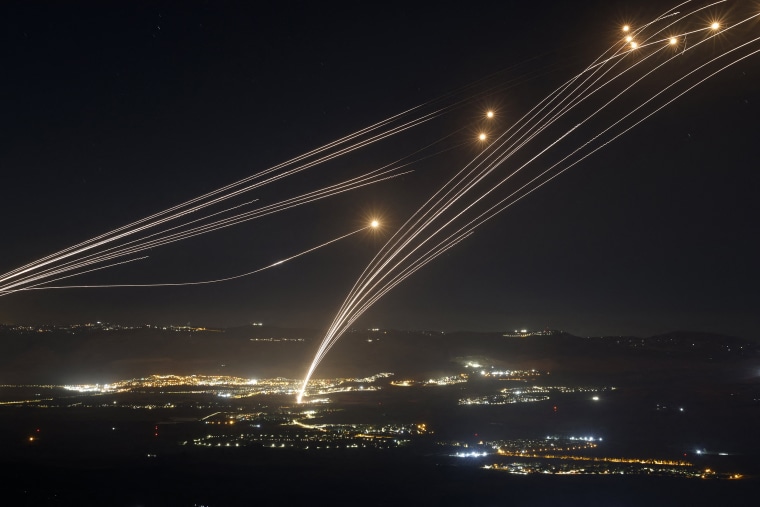
Limor Ben-Avi, 47, fled her home in the border city of Kiryat Shimona 14 months ago and has been living in hotels in Eilat and Tiberias ever since. Ben-Avi, the mother of twin 6-year-olds, said she had adjusted to the threat from the missiles that had streaked across the sky from Lebanon even before the war.
The Oct. 7 Hamas attack changed her calculation.
“A shelter won’t help. Nothing will help you. The thought that they had a plan to conquer Kiryat Shimon is what scares us more than the missiles,” she said, referring to the fear that Hezbollah will send fighters across the border the way Hamas did. “It’s the idea that on one fine bright day, they could come into our home and do what they did to the people in the south.
“I can’t depend on the Lebanese army to protect us from Hezbollah,” Ben-Avi added, given that the ceasefire relies partly on Lebanon’s beleaguered and weak military to monitor compliance.
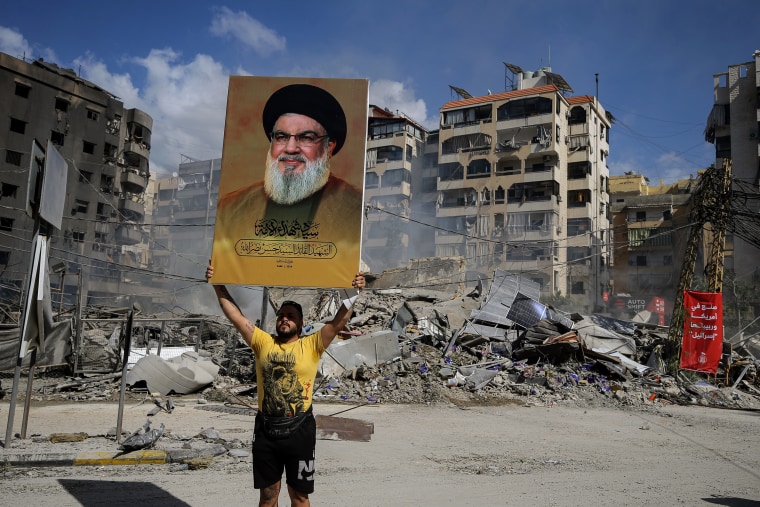
While Hezbollah does not say how many fighters have died in hostilities, at least 4,047 Lebanese civilians have been killed in Israeli attacks, according to the Public Health Ministry. More than 1.3 million people are believed to have been displaced. Hezbollah strikes have displaced 46,559 residents and killed 48 civilians and 77 military personnel, according to Israeli officials.
Israel and other members of the international community have for decades struggled with what to do about Hezbollah, which was founded in 1982 after Israel invaded Lebanon. Since then, it has grown in power both domestically and regionally as a political and paramilitary force.
To the Litani
The Lebanese Shia group, a longtime supporter of the Palestinian cause, officially does not recognize Israel’s existence. It last began exchanging fire with Israel on Oct. 8, 2023. The group was further weakened by Israel’s assassination of its leader, Hassan Nasrallah, and 13 of its top commanders, as well as the rigging of thousands of Hezbollah pagers.
Under the ceasefire agreement, which followed intense Israeli airstrikes and an invasion in October, Lebanon agreed that its army would help ensure that Hezbollah would not operate in the 18-mile stretch between Israel’s border and the Litani River and that Hezbollah would not attack Israel from Lebanon.
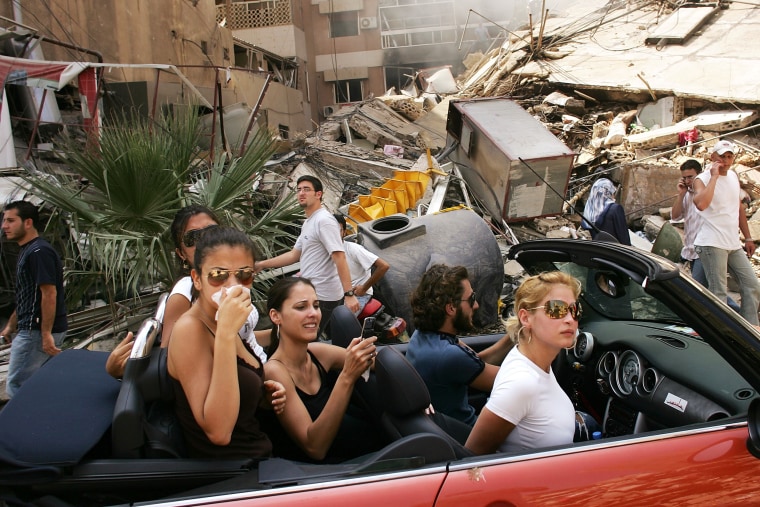
This demarcation echoes a 2006 agreement at the end of the last Israel-Hezbollah war that was codified in United Nations Security Council Resolution 1701, which mandated that no armed nonstate actors would be present in the area between the Litani and the border with Israel. The Lebanese army and the U.N Interim Force in Lebanon (UNIFIL) were tasked with compliance.
The formula is widely acknowledged to have failed. A widely reported sidebar U.S. letter to Israel guarantees that Israel’s army has the right to strike at Hezbollah should Hezbollah try to rebuild its forces in the south. Officials have not shared the private letter.
A new U.S.-French monitoring mechanism led by U.S. Army Maj. Gen. Jasper Jeffers, who is in Beirut this week working out the monitoring details, is expected to help prevent Hezbollah from rearming.
Neither the agreement nor the sidebar later have been ratified by the U.N. Security Council, which held closed-door consultations on the matter Wednesday.
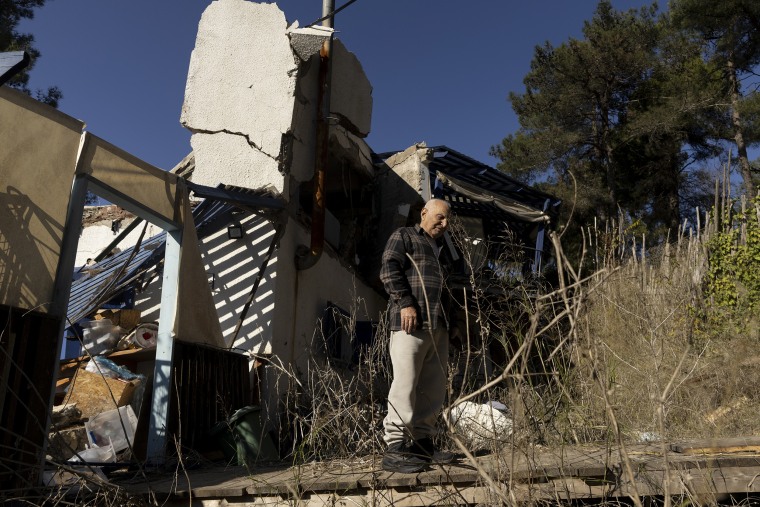
France this week had already warned that breaches of the ceasefire could lead to a breaking point within the first 60 days of the deal, a period in which the Israeli army is gradually withdrawing from southern Lebanon in favor of UNIFIL and the Lebanese security forces, who are intended to be the only legally designated forces in the area. How that will actually work is in question, given how weak and underfunded the army is.
“The more Hezbollah multiplies movements of troops, fighters or weapons, the less tempered the Israeli side will be, and vice versa,” said a French diplomatic source who spoke on the condition of anonymity because of the sensitivity of the issue. “The more Israel flies drones over Beirut, which has been the case in the last days, at low altitude or conducts strikes that are presented as defensive but are seen by the other side as ceasefire violations, the harder it becomes to prevent the other side from escalating.
“We want to break this current minor escalation cycle, which remains at this stage below the threshold of breaking the ceasefire but is nonetheless concerning,” the source added.
UNIFIL spokesperson Andrea Tenenti told NBC News that “this cessation of hostilities is still very fragile, so commitment from everyone is paramount.”
“We have to be very cautious on how to move forward,” he said, adding that the Lebanese armed forces have a particularly important role to play in preventing Hezbollah’s return south of the Litani.
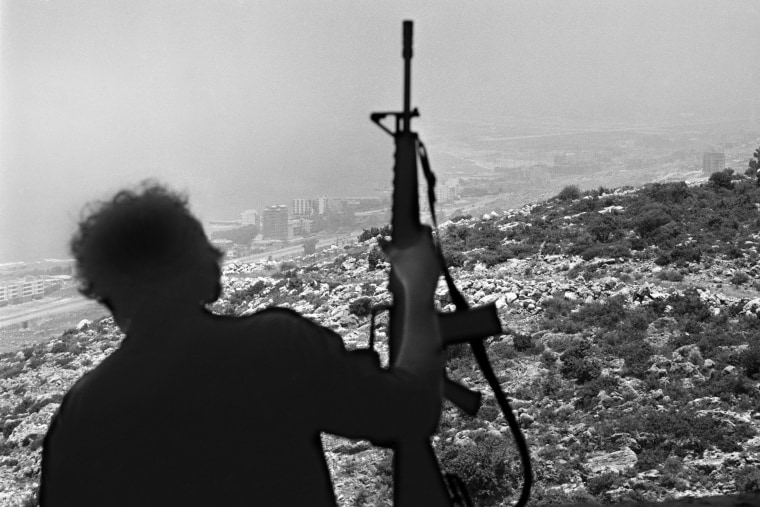
The full deployment of the Lebanese army, together with the reported U.S.-French mechanism and a full implementation of Resolution 1701, would make it more likely that the ceasefire would succeed, Tenenti added.
Israeli Defense Minister Israel Katz placed responsibility for enforcement on the Lebanese government, saying it needed to authorize its army to act against Hezbollah or face a broader war than before.
“If up until now we have distinguished between Lebanon and Hezbollah — this will no longer be the case” in the future, he said.
‘Never eradicated them’
Retired Israeli Brig. Gen. Assaf Orion, who was a military liaison to UNIFIL and the Lebanese army from 2006 to 2015, is among those who have been skeptical from the start about the ceasefire’s lasting power.
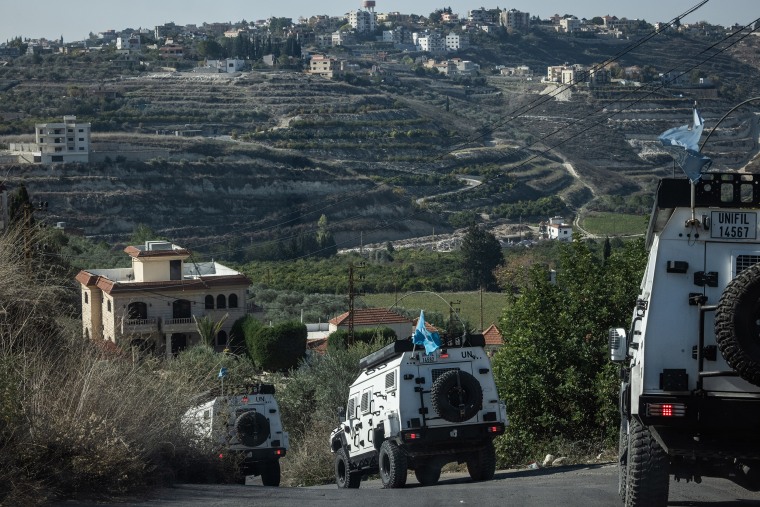
“Hezbollah was resolved to go ahead and to weaponize the south. We never eradicated them in 2006, and they built on that — maybe tenfold,” he said, referring to the end of the 2006 Lebanon War and Hezbollah’s burgeoning strength then.
So it is difficult to trust an agreement that places enforcement in the hands of the Lebanese security forces, which already failed the first time around, said Orion, who is a senior fellow at the Washington Institute.
Among the difficulties, he and Tenenti said, were legal restrictions that prevented the Lebanese army from searching private homes.
Hezbollah tunnels crossing into Israel were discovered in 2018 and 2019 in southern Lebanon. The Israel Defense Forces said that after it entered southern Lebanon in October during the current conflict, it found additional Hezbollah tunnels in the border area and confiscated 25,000 explosive devices, drones, anti-tank launchers and missiles, rockets and antiaircraft missiles. Multiple U.N. reports described the buildup but did not quantify it. Hezbollah itself boasted of its arms and tunnels large enough to house fighters and arms, even publishing a video of such an underground arms and military facility.
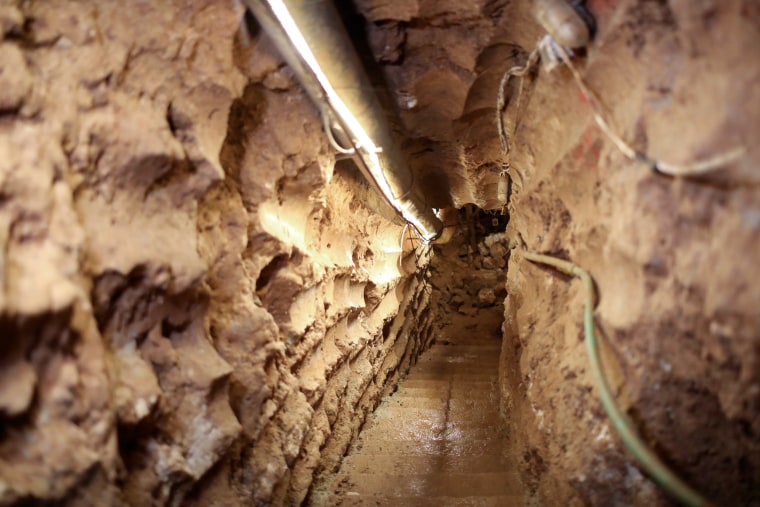
The Lebanese army declined to comment for this article, referring NBC News to government officials.
Retired Maj. Gen. Yaakov Amidror, who was an Israeli national security adviser from 2011 to 2013, told NBC News that ultimately he believed that the effective enforcement would be the IDF’s ability to continue to strike at Hezbollah to prevent an arms buildup.
“This is the only way it can work,” said Amidror, who is a fellow at the Jerusalem Institute for Strategy and Security and the Jewish Institute for National Security of America.
U.S. Secretary of State Antony Blinken appeared more confident that the truce would last.
“The ceasefire is holding,” he told reporters Wednesday, emphasizing the importance of an effective U.S.-French process to deal with violations, the absence of Hezbollah from southern Lebanon and an empowered Lebanese army. “Fundamentally, both parties — that is to say, Israel and Hezbollah, through the Lebanese government — wanted and continue to want the ceasefire.”